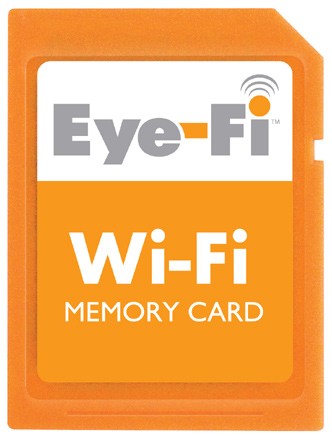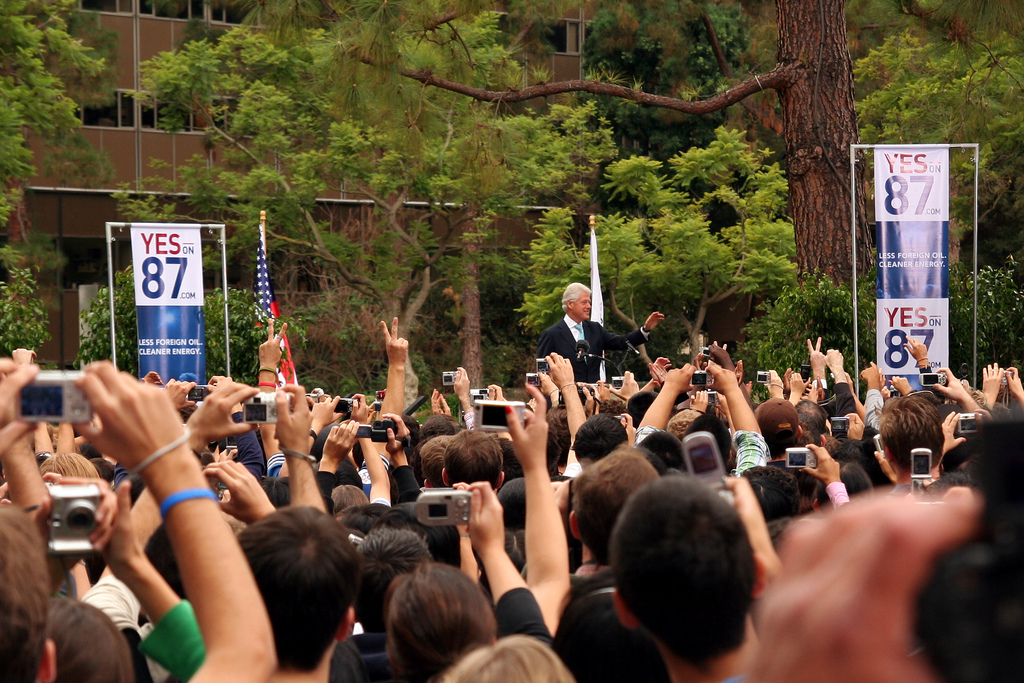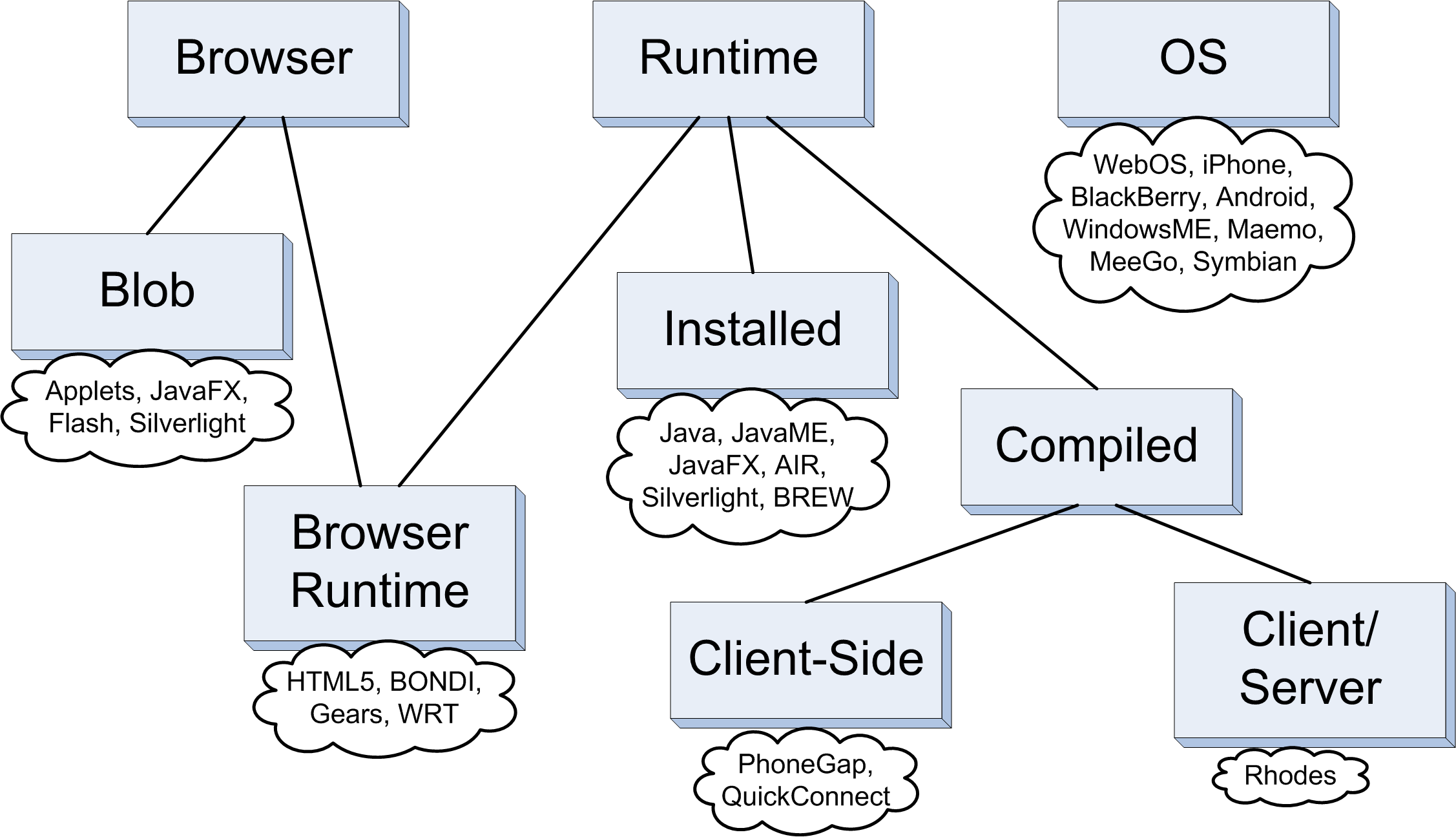Camera Access
Mobile Application Design and Development [./]
Spring 2010 — INFO 152 (CCN 42504)
Erik Wilde, UC Berkeley School of Information
2010-03-17
![]() [http://creativecommons.org/licenses/by/3.0/]
[http://creativecommons.org/licenses/by/3.0/]
This work is licensed under a CC
Attribution 3.0 Unported License [http://creativecommons.org/licenses/by/3.0/]





